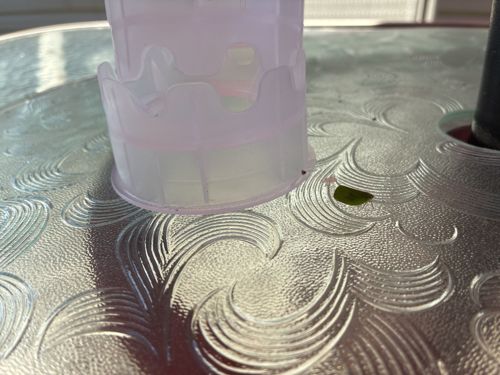Leafhopper
Scientific Name: Various species within the Cicadellidae family (e.g., Graphocephala coccinea, Empoasca fabae)
Order & Family: Order: Hemiptera, Family: Cicadellidae
Size: Typically 2-15 mm (0.08-0.6 inches) in length, though most common species are on the smaller end of this range.

Natural Habitat
Found on a wide variety of plants, including trees, shrubs, field crops, garden plants, and weeds. They prefer succulent new growth.
Diet & Feeding
Leafhoppers feed on plant sap by piercing plant tissues with their needle-like mouthparts (stylets). They are typically host-specific or feed on a narrow range of plants.
Behavior Patterns
Generally sedentary during the day, relying on camouflage. If disturbed, they may walk slowly or fly short distances. Adult females lay eggs on host plants, usually in late summer or fall, which overwinter and hatch in spring. Nymphs resemble miniature adults and undergo several molts before reaching maturity.
Risks & Benefits
Risks: Many species are significant agricultural pests, causing damage by direct feeding (stippling, curling, yellowing of leaves) and by transmitting plant diseases (e.g., phytoplasmas, viruses) which can lead to severe crop losses. Benefits: Some species may act as food sources for predatory insects and birds.
Identified on: 9/1/2025